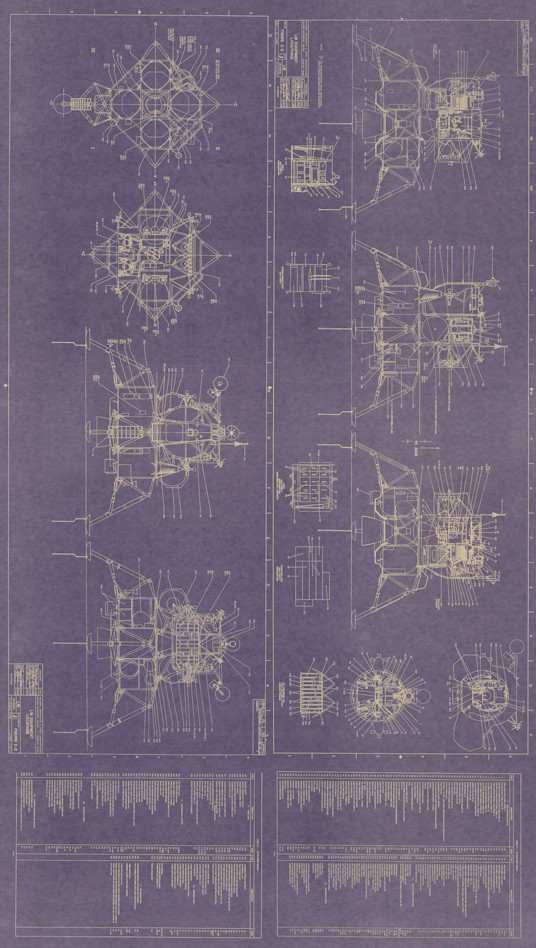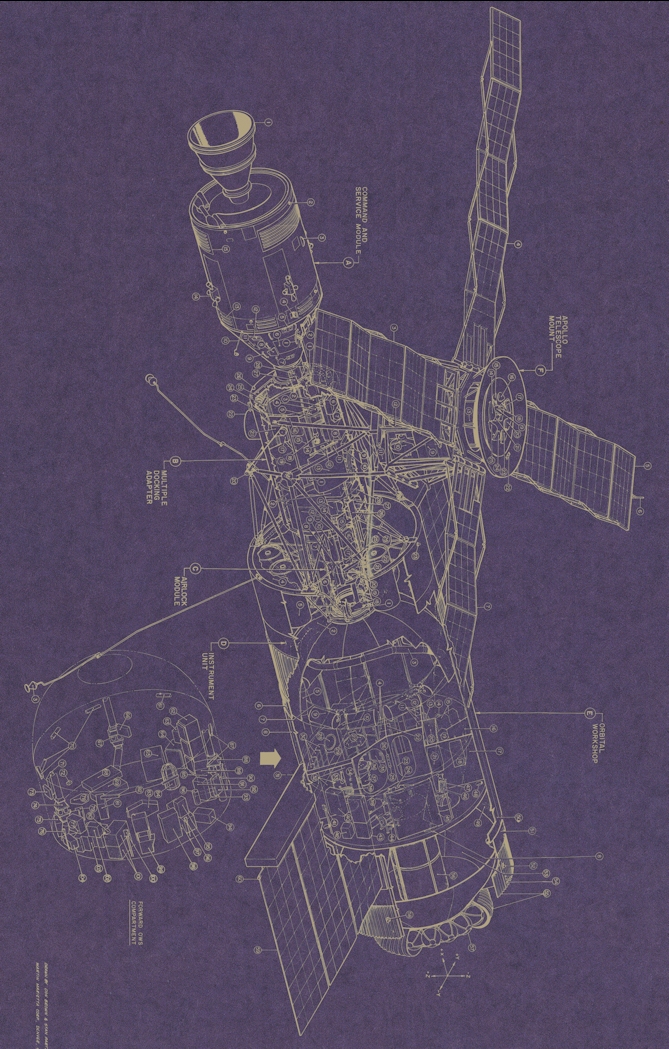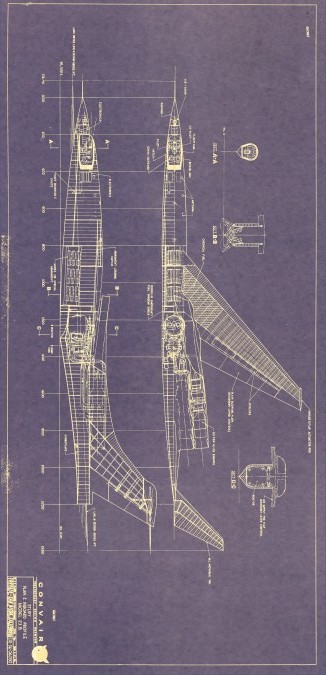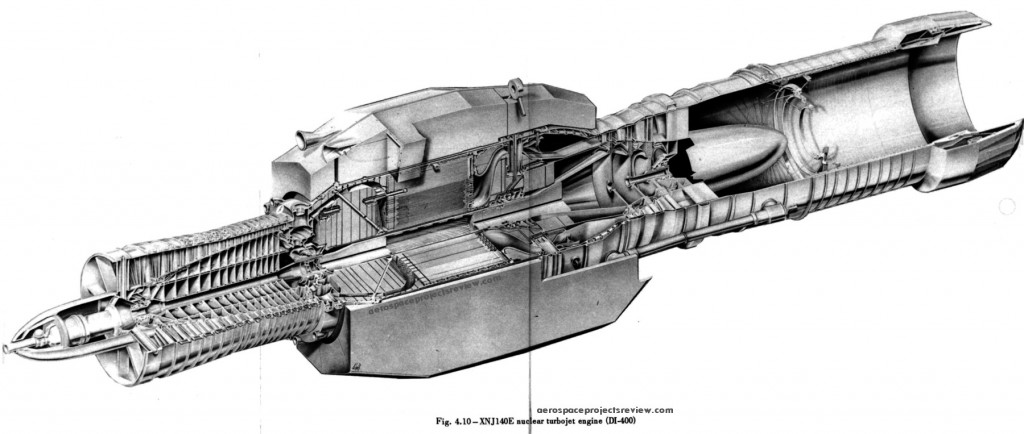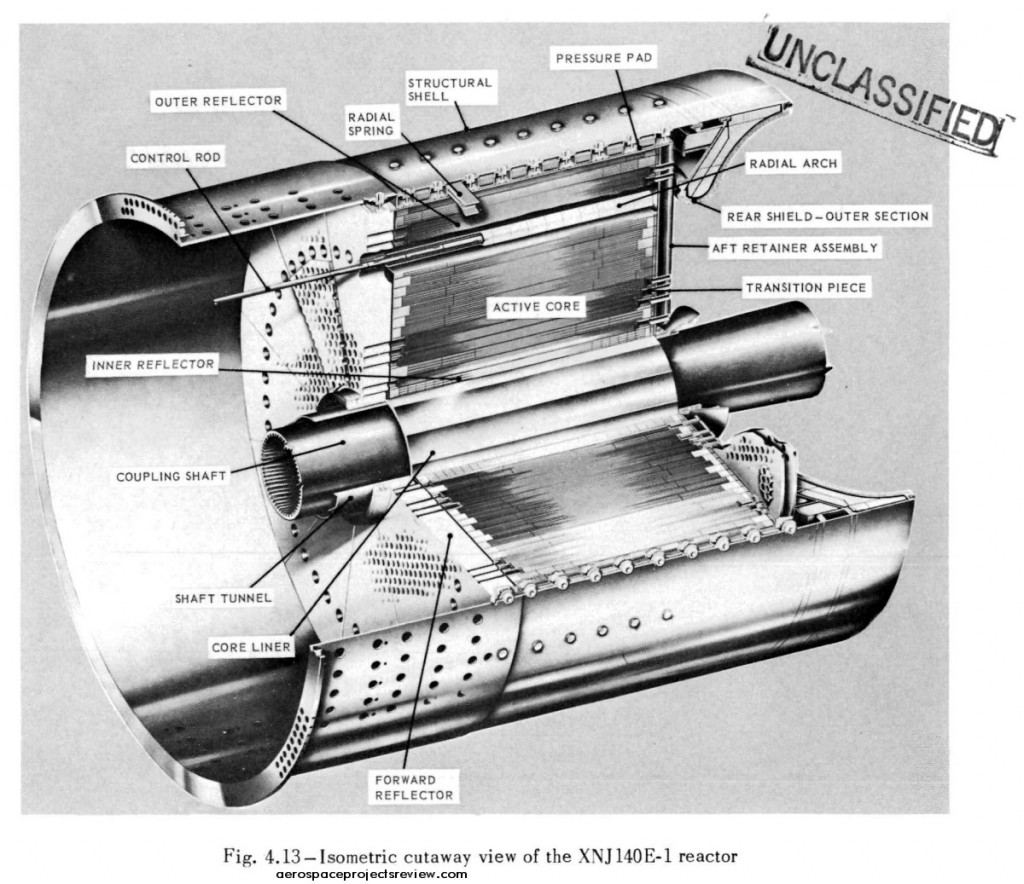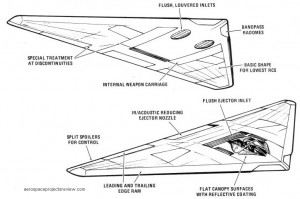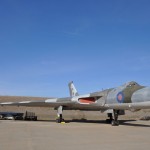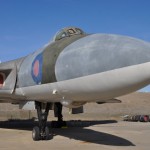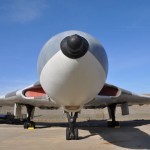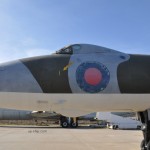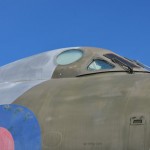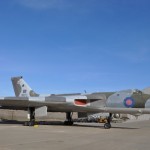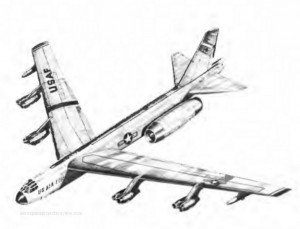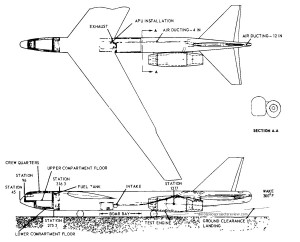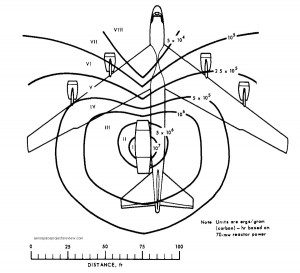After xkcd ran the Up Goer 5 image that referenced my website, I put the 74-inch Saturn V print back into production on a limited basis. Due to the print shop that was *supposed* to do this completely flaking out, and the sudden and wholly unexpected arrival of Christmas and some cross-continent traveling, the process was a bit of a mess and took longer than expected. But I got the prints printed and shipped. NOTE: future prints will be printed by yet another print shop, using heavier weight paper than was used on the first run of Saturn V’s, and a better printing process. I’ve had a few test articles printed, and they’re better than the first Sat V run in all respects.
I received several emails to the effect that “74 inches long is nice, but how about printing them at a specific *scale?*” And you know… that’s not a bad idea. The 74-inch Saturn V print turned out to be fairly close to 1/72 scale… if it was 71.2 inches long, it’d be 1/72 scale. So… huzzah! Future prints will be at 1/72 scale. The three inch shorter length will hardly be noticable.
I have a number of related illustrations that would go well with this. Most importantly, I will also produce a 1/72 print of the Saturn Ib. It’s done in the same style and by the same organization (Marshall Space Flight Center) as the Saturn V. In this case, the copy of the diagram I have was a black and white line drawing, not a blueprint like the Saturn V. From an engineering standpoint, B&W lines are what you want… but for the standpoint of art, blueprint rules. So… I reworked the Saturn Ib diagram into a proper blueprint, using color cues from the Saturn V. At 1/72, the print will be 42.3 inches long.
I also converted a similar drawing of the Saturn Ib with UA-1205 120-inch solid rockets boosters (as used on the Titan IIIC), also produced by MSFC. The original was not quite as clear, but it still looks pretty spiffy at 1/72 scale. It’s 42.6 inches long.
I’m also looking at 1/144 versions of these. The Saturn V drawing on its own at 1/144 is a respectable 35.6 inches long… but only 5 inches wide. It looks a little strange at that size. So what I’m planning on doing is creating a print with both the Saturn Ib and V together at 1/144 scale. It’ll be about 35.6 inches long, about 10 inches wide. The simplest solution would be to simply put the two images together, but that seems a bit lazy. So I’m considering two options:
1) Get rid of the borders and title blocks
2) Create a wholly new border and title block. Since this won’t be accurate to the NASA original, the title block would be all-new.
Given that the Saturn Ib is substantially shorter than the Saturn V, this leaves a good deal of blank space above it. This could be filled with data, a fat title, more diagrams (the Apollo CSM, at a different scale perhaps), or just blank space. Advice sought.
Also: not to any particular scale, a “Saturn V Apollo Flight Configuration” cutaway diagram of the Saturn V with parts callouts. This was also originally B&W and converted to blueprint. It will be 18 inches wide by about 35.4 inches tall.
Also: not to any particular scale, a set of Lunar Module equipment location diagrams, also converted from B&W to blueprint. This will be about 32 inches wide by 18 inches tall.
Currently being worked on: a big cutaway blueprint of Skylab. You’ve probably seen a version of this illustration before, but not at this size or clarity. It has been painstakingly assembled from a series of hi-rez photos of the original I took at a NASA archive, and is being converted to “blueprint.” The illustration shown below is a mockup; it’s not quite ready yet. There will be text descriptions of all the callouts. It’s currently looking to be about 40 inches by 24. I may do a smaller version (perhaps as a cyanotype print at 18X24 inches).
And because why not: An upconverted blueprint of a Convair design for a supersonic nuclear powered seaplane bomber from 1956. Not to any particular scale, just the same size as the original I have on-hand, it’ll be about 22.5 by 11 inches.
Below are JPGs of what I’m working on. These have all been scaled down to 10% of full size; this way you can compare sizes directly. NONE ARE AVAILABLE FOR SALE JUST YET. I would like to get an idea of how much interest there is before setting the print shop (a *third* shop… slightly more expensive than the one that ran the Saturn Vs, but I like their work better) going. So if you are interested in any of these, let me know via commenting or (preferred) email to scottlowtherAT up-shipDOTcom. Let me know how many of which you’d be willing to buy.
Prices are tentatively expected to be:
1/72 Saturn V: $35
1/72 Saturn Ib:$20
1/72 Saturn Ib w/SRMs: $20
1/144 Saturn Ib/V: $18
Sat V Apollo flight configuration: $30
LM Equipment: $27
Skylab: $38
Convair nuke seaplane: $12




